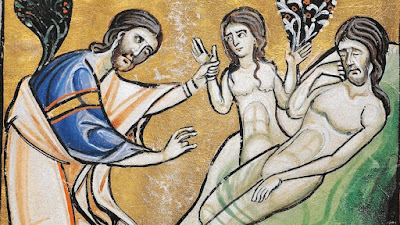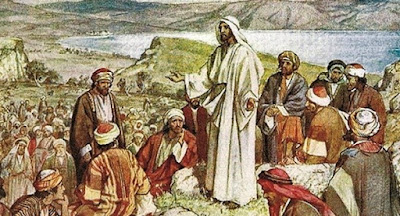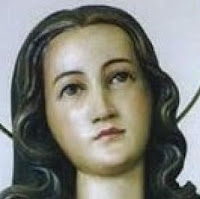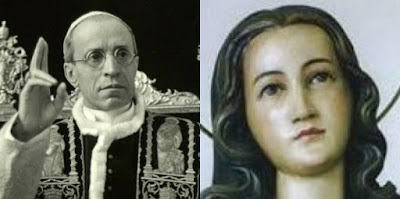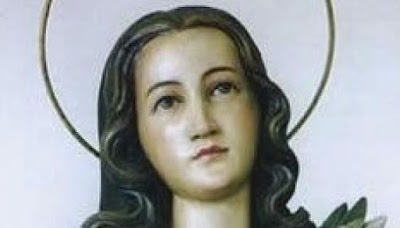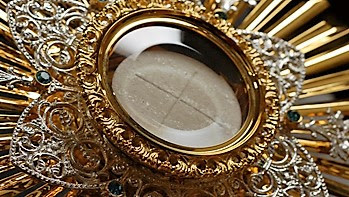Reflection for the Memorial of St. Benedict of Nursia

Memorial of St. Benedict, Abbot, July 11, 2017 By Msgr. Bernard Bourgeois Proverbs 2:1-9, Psalm 34, Matthew 19:27-29 Then you will understand the fear of the Lord; the knowledge of God you will find . (Prv 2:5) [On July 11th, the Church celebrates] the feast of St. Benedict of Nursia, the father of western monasticism. St. Benedict lived from 480-547, and wrote his Rule, which has governed monastic life ever since. Those who have given up everything and entered monastic life have done so in order to fulfill one goal: to seek God. Prayer, work, obedience, simplicity of life, and stability guide the daily living of monastic life and thus guide the monk in his solitary goal of life. Seeking God is not the activity only of monks and nuns in monasteries. Rather, it is the task given to all of the baptized. And while most of us will not enter monastic life, there is an “inner monk” within us that compels us to seek God in our individual vocations and lives, whether as a dio
